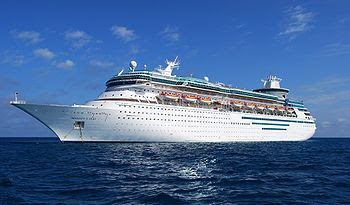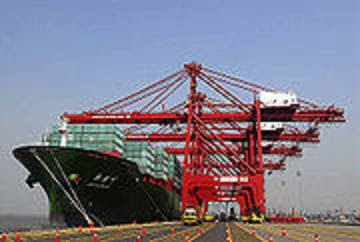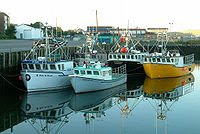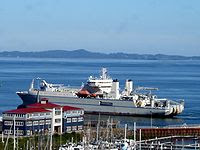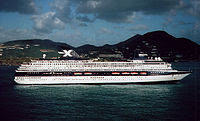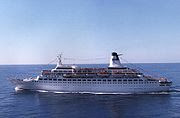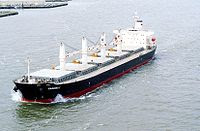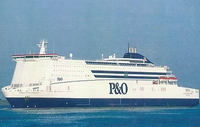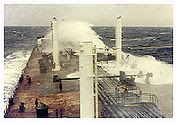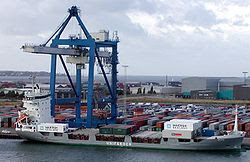Many lighthouses are equipped with a horn to help guide ships sailing in foggy weather. These foghorns, which make their sound by quickly releasing compressed air, can be heard for distances of up to 13 km (8 mi).
Ship captains can determine their position by identifying distinctive combinations of long and short horn blasts specific to each lighthouse. Some lighthouses are also equipped with radio beacons that transmit Morse-code radio signals.
These radio signals, which are distinguished by short (dot) and long (dash) combinations, have a range of up to 320 km (200 mi).
 468x60
There are a lot of ways to earn money and get paid when you use Vinefire, so we'll go through the most common ways of earning and getting paid:
Read the "Terms and Condition to Learn more about this.
PayPal is the preferred option to send payouts to Vinefire members.
If PayPal doesn't conduct business in the country where you reside, or if you are unable to receive PayPal payments to the email address we have on record, we will contact you at said email address and request a physical address where we may send payment.
Get Vinefire Payments:
Vinefire is currently in "beta" mode and is not yet sending payments.
Your earnings will accumulate until we pay out.
468x60
There are a lot of ways to earn money and get paid when you use Vinefire, so we'll go through the most common ways of earning and getting paid:
Read the "Terms and Condition to Learn more about this.
PayPal is the preferred option to send payouts to Vinefire members.
If PayPal doesn't conduct business in the country where you reside, or if you are unable to receive PayPal payments to the email address we have on record, we will contact you at said email address and request a physical address where we may send payment.
Get Vinefire Payments:
Vinefire is currently in "beta" mode and is not yet sending payments.
Your earnings will accumulate until we pay out.
Wednesday, April 29, 2009
Subscribe to:
Posts (Atom)



